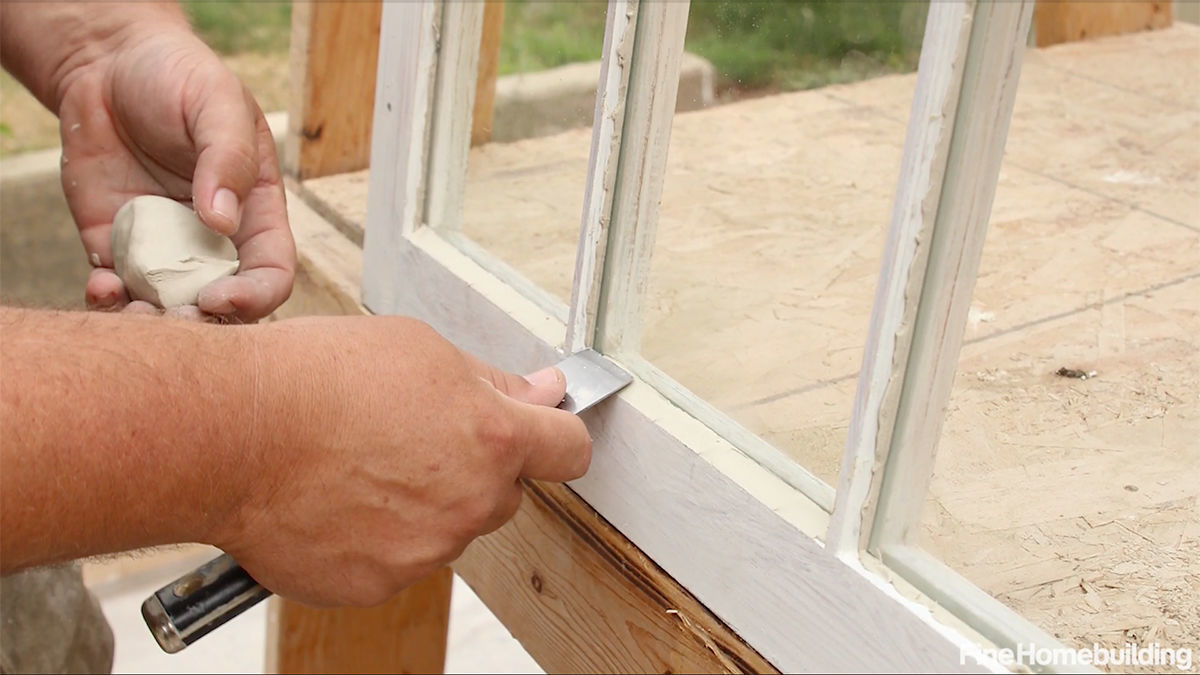
Broken Glass Repair
Add a review FollowOverview
-
Founded Date July 25, 2007
-
Posted Jobs 0
-
Viewed 11
Company Description
Five Killer Quora Answers To Glass Door Repair
Comprehensive Guide to Glass Door Repair
Glass doors are an ultimate architectural component in numerous residential and commercial areas. Not just do they act as a practical entrance and exit point, however they also provide visual appeal, enabling an abundance of natural light to flood indoor spaces. However, like any other component of a structure, glass doors can experience wear and tear due to day-to-day usage, ecological factors, or accidental damage. Understanding the nuances of glass door repair can conserve residential or commercial property owners money and time while making sure security and performance. This article looks into the numerous elements of glass door repair, recognizing common concerns, repair strategies, and maintenance pointers.

Typical Issues Faced by Glass Doors
Glass doors can deal with a variety of issues that demand repair. The most typical problems include:
| Issue | Description |
|---|---|
| Fractures and Chips | Physical damage causing loss of stability and security. |
| Misalignment | Doors that do not close correctly due to improper installation. |
| Broken Hinges | Impeding smooth operation, resulting in more comprehensive damage. |
| Fogging/Condensation | Hindering presence and visual appeal. |
| Frame Damage | Causing functional problems and possible safety threats. |
1. Cracks and Chips
Fractures and chips in glass doors can happen due to accidental impacts or extreme weather conditions. While superficial chips might not immediately impact functionality, they can intensify with time if left unaddressed. Cracks, on the other hand, position safety hazards and can result in complete door failure.
Repair Techniques for Cracks and Chips
- Epoxy Resin: For smaller sized chips, a clear epoxy resin can be used to fill the problem, restoring the glass’s stability and transparency.
- Replacement Pane: If the damage is substantial, changing the entire glass pane might be necessary. This typically includes getting rid of the old glass and setting up a brand name brand-new piece.
2. Misalignment
Doors that do not align effectively can result in ineffectiveness and increased wear on door elements. Misalignment can originate from incorrect installation, weather variations, or endure the hinges.
Change Methods for Misaligned Doors
- Hinge Adjustment: Tightening or loosening up screws on the hinges can help realign the door. Guarantee the door is level throughout modifications.
- Shimming: If hinges are improperly put, shims can be placed to adjust the door’s position without a full replacement.
3. Broken Hinges
Hinges are crucial for the smooth operation of glass doors. When they break or become corroded, concerns such as squeaking, difficulty in opening and closing, and total door failure can arise.
Actions to Fix Broken Hinges
- Assessment: Check the hinges for indications of wear and damage.
- Replacement: Remove the damaged hinge by unscrewing it from the door and frame. Install a new hinge that matches the original requirements.
4. Fogging/Condensation
Misting or condensation in between double-glazed glass panels can arise from sealant failure, resulting in undesirable views and decreased insulation efficiency.
Solutions for Fogging
- Seal Replacement: The seals in between double-glazed panes can be changed to bring back functionality.
- Replacement Units: In some cases, completely brand-new double-glazed systems may need to be purchased and installed to ensure effective insulation.
5. Frame Damage
The frame supporting the glass can struggle with water damage, rot (especially in wooden frames), or degeneration due to use and tear. A broken frame can result in more glass problems and potential security threats.
Repair Procedures for Damaged Frames
- Support: For little damages, including braces or reinforcing the frame with brand-new wood or metal may be effective.
- Total Replacement: When the damage is serious, replacing the entire frame might be needed.
Preserving Glass Doors
Preventative upkeep goes a long method in guaranteeing the durability of glass doors. Routine checks and care can assist mitigate lots of potential issues.
Maintenance Tips
- Routine Cleaning: Use glass cleaners and soft cloths to clean glass surface areas, eliminating dirt and gunk.
- Oil Hinges: Apply lube to hinges and locks routinely to prevent rust and ensure smooth operation.
- Examine for Damages: Routinely look for fractures, chips, or signs of wear, resolving issues immediately.
FAQs about Glass Door Repair
Q1: How typically should I maintain my glass doors?
A1: Regular upkeep ought to be performed a minimum of twice a year, with assessments before and after severe weather modifications.
Q2: Can I repair a crack in the glass myself?
A2: Minor fractures can be fixed with epoxy, however bigger fractures or damage may need professional support for security.
Q3: What type of glass is best for a door?
A3: Tempered glass is suggested for its strength and security, as it is less most likely to shatter.
Q4: How do I know if a professional repair is needed?
A4: If problems persist after standard fixes or if the damage is extensive, it’s best to seek advice from a professional.
Q5: Are there any replacement costs to consider?
A5: Replacement expenses can vary, but elements such as glass type, size, and installation intricacy can impact rates. Seek advice from local vendors for accurate estimates.
Comprehending the complexities of glass door repair is vital for keeping both the performance and looks of your residential or commercial property. Easy problems can intensify if overlooked; therefore, resolving them without delay and looking for professional help when necessary is essential. With cautious upkeep and attention to typical issues, glass doors can stay a beautiful and practical feature for several years to come.
